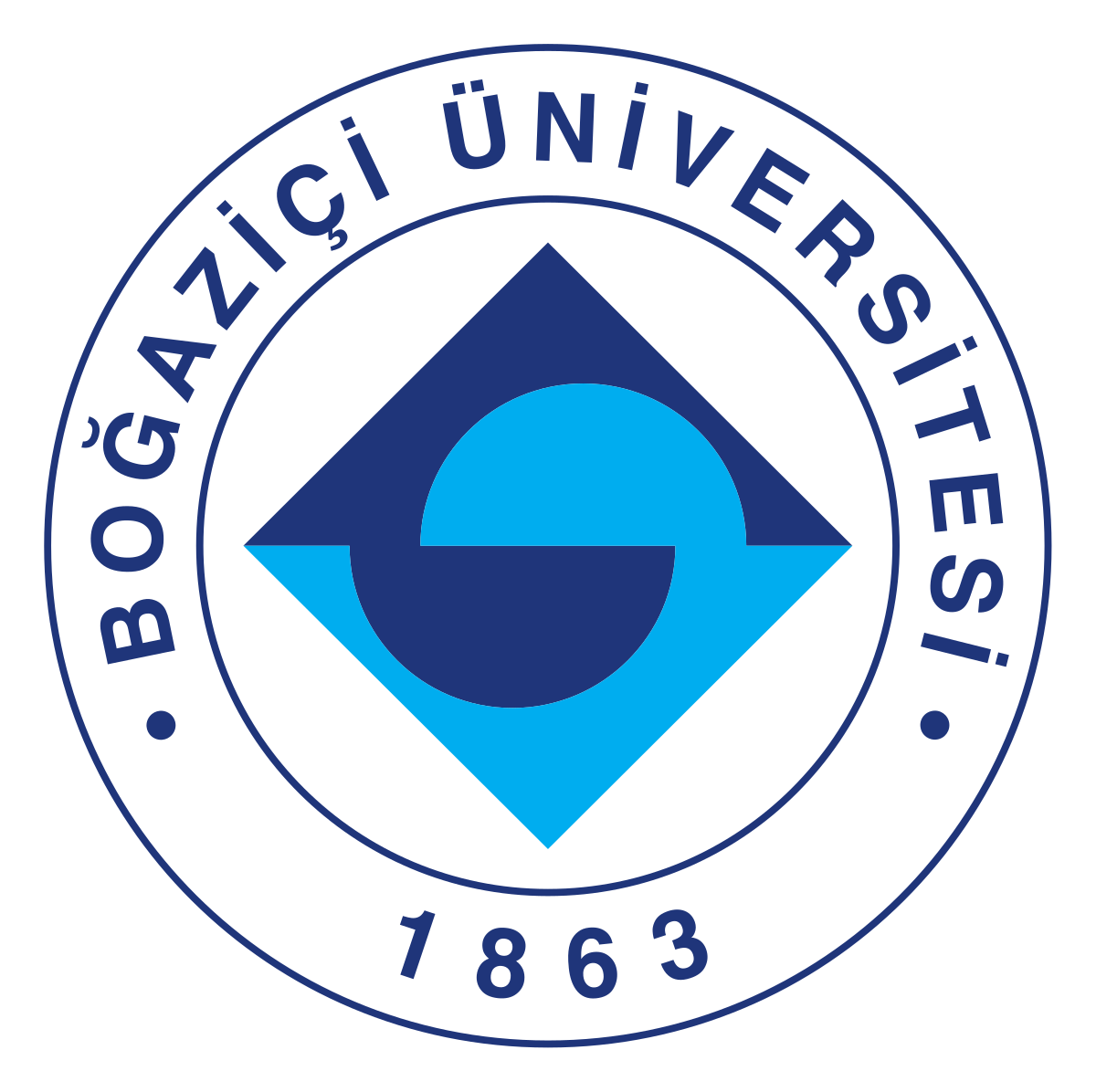- About
- Home
- Introduction
- Statistics
- Programs
- Dignet
- Gene
- GenePair
- Help & Docs
- Documents
- Help
- FAQs
- Links
- Acknowledge
- Disclaimer
- Contact Us
Introduction
The Ignet (Integrated gene network) project is a centrality- and ontology-based liteature discovery system for analyzing and visualizing biological gene interaction networks using all PubMed literature papers. Currently Ignet focuses on the literature mining of human gene interaction networks. The Ignet program is generated based on a literature mining strategy that we named "CONDL", which represents the Centrality and Ontology-based Network Discovery using Literature data. Ignet is co-developed by three groups led by Dr. Yongqun "Oliver" He at the University of Michigan, USA, Dr. Junguk Hur at the University of North Dakoda, USA, and Dr. Arzucan Özgür from Bogazici University. The details about CONDL and its case study application have been described in the papers: Ozgur et al., 2011, Hur et al, 2012), and more Here.
Our CONDL strategy was initially applied to the literature mining of the Interferon-gamma (IFN-γ; Gene symbol: IFNG) and vaccine-mediated gene interaction networks. IFNG is vital in immune defense against bacterial and viral infections and tumor. It also regulates various immune responses that are often critical for induction of protective immunity generated by vaccines. Initially we used a centrality-based literature discovery approach to study IFN-γ and vaccine-mediated gene interaction network. Our study identified indicated a generic IFNG network that contains 1,060 genes and 26,313 interactions among these genes (Reference: Ozgur et al, 2010). As a subset of this generic IFN-γ network, the vaccine-specific subnetwork contains 102 genes and 154 interactions. However, this literature mining strategy misses the identification of those sentences that include specifci vaccine names (e.g., BCG) without mentioning the words "vaccine", "vaccination", or their derivatives. Therefore, we used the VO hierarchy definitions to get more specific vaccine names and their relations, and used them for further literature mining. Our study found that more results were identified (Reference: Ozgur et al., 2011). Then such a CONDL strategy was proposed. Later we used the same CONDL strategy to study the fever and vaccine specific human gene interaction networks (Reference: Hur et al, 2012).
Our CONDL approach integrats text mining with network centrality analysis to study various gene interaction networks. Our approach uses a natural language processing (NLP) and a machine learning based method to automatically extract gene interaction networks from the biomedical literature. To rank the genes in the literature-mined networks and to identify the most important ones we analyze the networks from centrality perspective. We calculate four different types of centralities (see reference: PMC2718658):
- degree centrality (the number of neighbors of a node),
- eigenvector centrality (function of the centralities of its neighbors),
- closeness centrality (inverse sum of the distances from the node to the other nodes in the network), and
- betweenness centrality (the proportion of the shortest paths between all the pairs of nodes that pass through the node in interest). Different centralities measure different levels of importance. For example, in betweenness centrality a node is considered important if it occurs on many shortest paths between other nodes, whereas in degree centrality a node is considered important if it is connected to many other nodes.
One novel feature in Ignet is that its development is accompanied with our development of the Interaction Network Ontology (INO). INO contains more than 800 interaction keywords organized in a hierarchical structure. These terms are organized in INO using a hierarchical structure and aligned with the Basic Formal ontology (BFO). An example of INO term is “increase”, whose parent term in INO is “positive regulation”, which is a child term of “regulation” and “interaction”. In INO, 21 words were listed as “synonym” for the term “increase”, for example, increased, increasing, elevated, and enhanced. These terms were all used for literature retrieval. We have used such strategy to obtain all types of "increase" interaction types.
The Ignet developed was initiated from our addressing the request by the community for us to develop a web server to store the analyzed data and provide a user-friendly web interface to query and visualize the analyzed data. To address this request, we have developed Ignet, a user-friendly web interface for the analyses of IFNG gene networks, and later we extended this to mine all possible human gene interactions based on the literature. The Ignet results are updated periodically. In each dynamic update, Ignet will retrieve and store PubMed abstract data, extract the gene-gene relationships, execute the centrality analysis, and store the results in Ignet database for users’ query.


